On June 2, the State Security Service of Ukraine (SBU) announced that its planned suicide drone attacks had dealt a heavy blow to the Russian rear, destroying about a third of its strategic bombers, including Tu-95, Tu-22M3, Tu-160 bombers and A-50 early warning aircraft, with estimated losses exceeding $7 billion.
President Volodymyr Zelensky embraced the security chief with joy, calling it a “historic victory” in an effort to increase his bargaining chips in the negotiations. However, Russia only conceded partial losses and a storm of retaliation immediately began.
Ukraine's joy has not yet subsided, and Russia's retaliation has already occurred. On June 2, the Russian military (RFAF) released a shocking video : the missile accurately hit the UAV launch site and the command post of the Ukrainian military (AFU), the heavy missiles created a huge mushroom cloud and the frontline command center was instantly reduced to rubble.
At the same time, the Russian Defense Ministry confirmed that Iskander tactical ballistic missiles equipped with cluster warheads were used to directly strike the core defense center of the AFU. Earlier, the RFAF destroyed the command center of the Southern Forward Command of the Ukrainian special forces, forming a continuous attack.
These actions were clearly Moscow's harsh response to the Ukrainian offensive. The thick smoke rising from the battlefield was not only a physical destruction, but also a psychological deterrent for the Ukrainian side - the effectiveness and destructive power of the counterattack showed Ukraine the power of the RFAF.
President Zelensky revealed that they had received intelligence before the attack when Russian strategic bombers were ready. As expected, from the night of June 1 to the early morning of June 2, the RFAF carried out a large-scale airstrike using 80 long-range suicide drones, 3 ballistic missiles and 1 cruise missile, targeting UAV production and storage sites, ammunition depots and troop concentrations. Video of the attack released by the Russian Ministry of Defense showed that many Ukrainian targets were destroyed.
It is worth noting that although Ukraine claims to have destroyed a large number of Russian bombers, the intensity of Russia's retaliation against Ukraine has not decreased. This shows that Russia's strategic offensive capabilities remain resilient, and its retaliatory measures have been upgraded from simple military strikes to "systematic destruction" - paralyzing Ukraine's combat tools and weakening its war potential. President Zelensky had to admit that this constant pressure makes Ukraine "nervous".
In addition to the retaliatory strikes, the Russian frontline offensive has also escalated. In the main directions of Sumy, Donetsk and Kherson, six Russian army groups have made comprehensive advances. The Russian Defense Ministry reported that the AFU had lost 1,430 men in the past 24 hours and that the supply lines to Chasov Yar and Pokrovsk were at risk of being cut off.
Although the AFU has shown tactical brilliance in daring to organize "deep penetration and dangerous attacks", the disadvantages at the front line remain unchanged: the lack of weapons, ammunition and insufficient numbers of troops are still insurmountable difficulties. The RFAF is using "tightening tactics" to compress the AFU's battlefield space.
Kiev's recent risky tactics may have created a short-term shock for Moscow, but they cannot change the fundamentals of the battlefield - as analysis shows; while the RFAF's advantage of "mastering the rhythm" is becoming increasingly clear.
Kiev publicly disclosed details of the attack in a high-profile manner, intending to promote its success, but inadvertently sent Russia a “defense guide.” The Russian Federal Security Service was able to quickly identify vulnerabilities and increase vigilance at the rear, to prevent similar attacks from happening again.
The Ukrainian army also attempted to retaliate with long-range suicide UAVs, to strike deep into Russian territory, but the Russian army intercepted more than 300 drones and many missiles, which highlighted the defense capabilities of the Russian army.
At the same time, the attitudes of the US and Europe have changed subtly: the US wants to distance itself from the attack, declaring that it is not involved in the attack; the European Union refuses to comment on the military strategy, and Germany even rarely admits that it is "impossible to defeat Russia".
This caution stems from concerns about the situation getting out of control - Russian media have warned Germany that if Taurus missiles are used to attack Moscow, Berlin will be hit by missiles. The "low tide" of the West has put Ukraine in a more isolated position.
In dealing with the crisis, Moscow's top priority is not to rush to expand retaliation, but to find the traitors. Why were Ukrainian UAVs able to fly straight into the heart of Russia, exposing huge holes in Russia's security system? Are there spies inside the Kremlin, the Ministry of Defense and the Federal Security Service? If these "time bombs" are not removed, the rear of the Russian army will always face the risk of being "decapitated".
In fact, Russian media have criticized internal corruption and intelligence failures. Moscow needs to “overhaul its security system” immediately, otherwise, even if the Ukrainian army suffers a temporary defeat, it could still be attacked in the future. This idea of “stabilizing the situation at home before countering foreign aggression” could have a more far-reaching impact than a frontline attack.
Ukraine's recent UAV attack on Russian airfields, like Pearl Harbor in World War II, could not change Kiev's strategic passivity. Russia used a combination of "surgical strikes + massive air strikes + ground offensives" to demonstrate that the outcome of a war does not depend on one or two strikes, but on a long-term competition of comprehensive power.
Although Kiev has tried to reverse the situation with “pressure before negotiations,” it may have to face more severe retaliation by provoking Russia. What is more remarkable is the subtle change in the West’s attitude – when the risky tactics reached the last line of the nuclear powers, the former “allies” chose to retreat.
The trajectory of this conflict may be slipping from “proxy war” to the dangerous brink of “direct games between great powers”. And ordinary people will ultimately pay the highest price for political games. (photo source Military Review, Sina, TASS, Ukrinform).
Source: https://khoahocdoisong.vn/nga-bat-dau-tra-dua-ukraine-nhan-5-tin-xau-trong-24-gio-post1545470.html


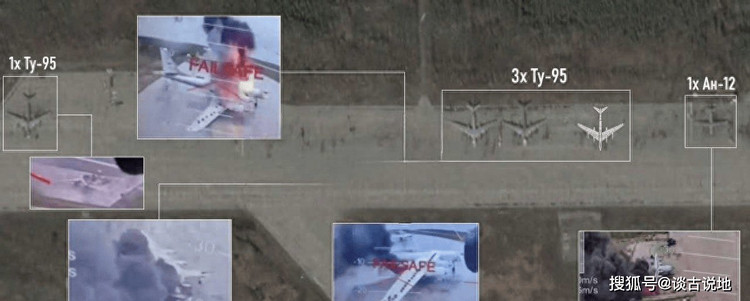
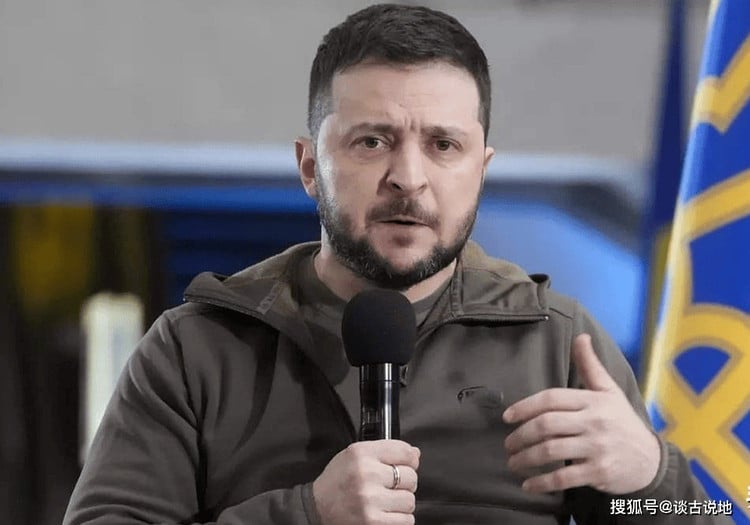

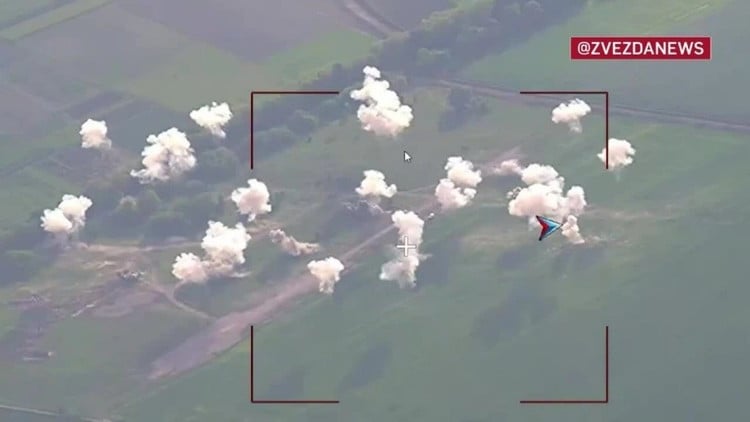

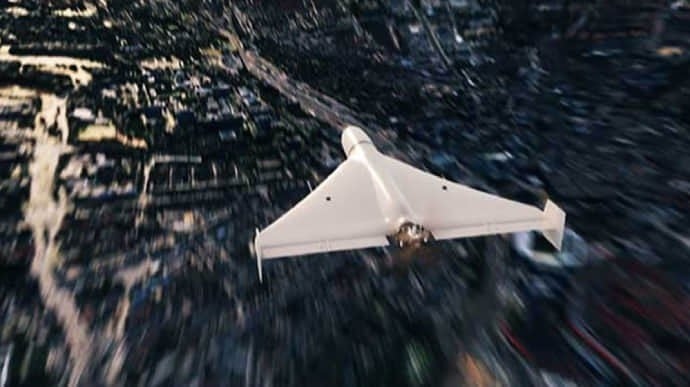
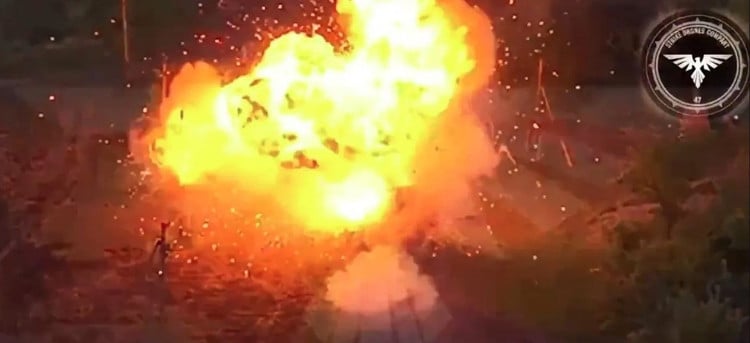

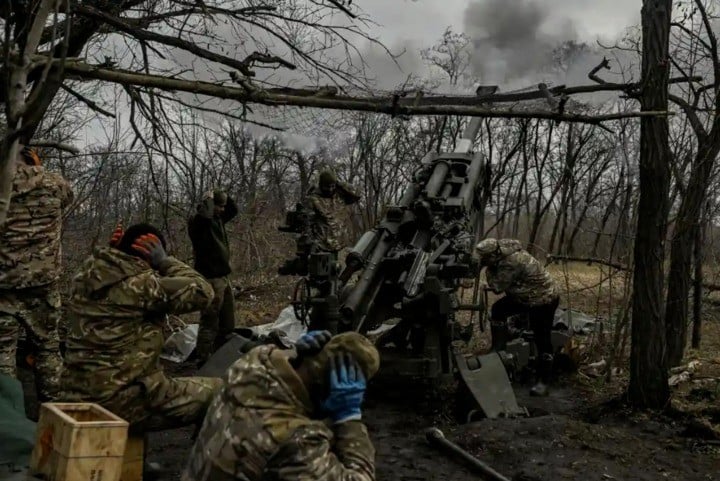
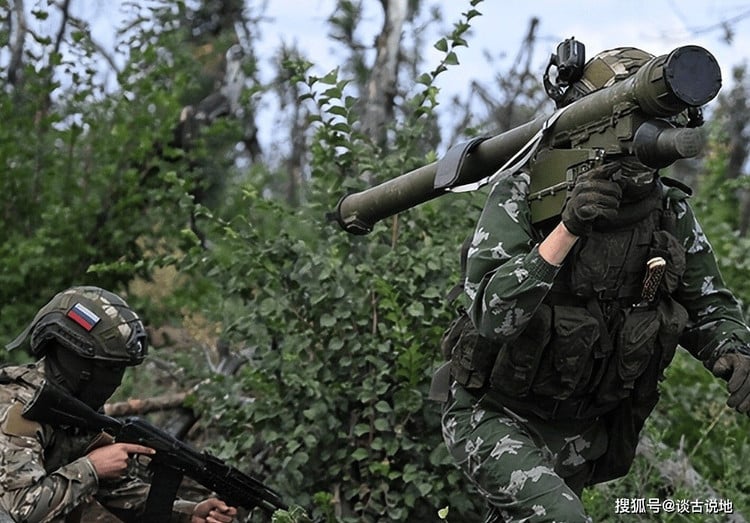
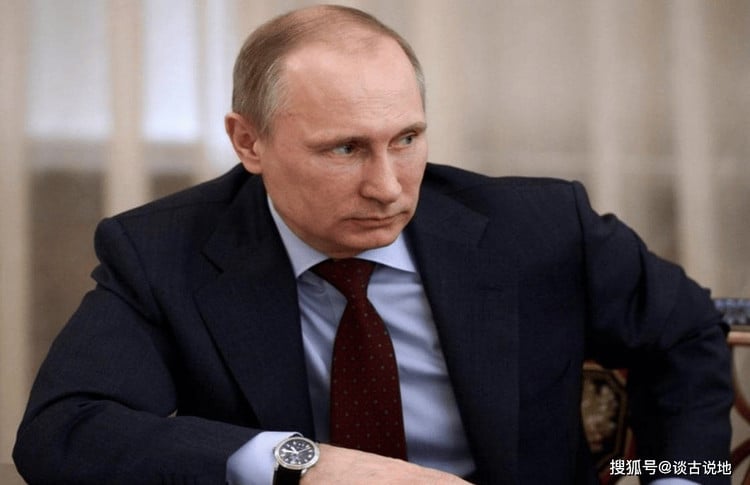
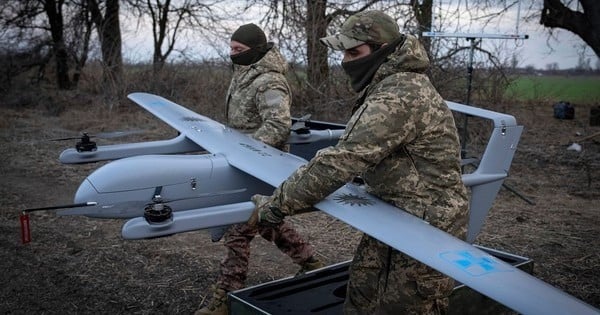
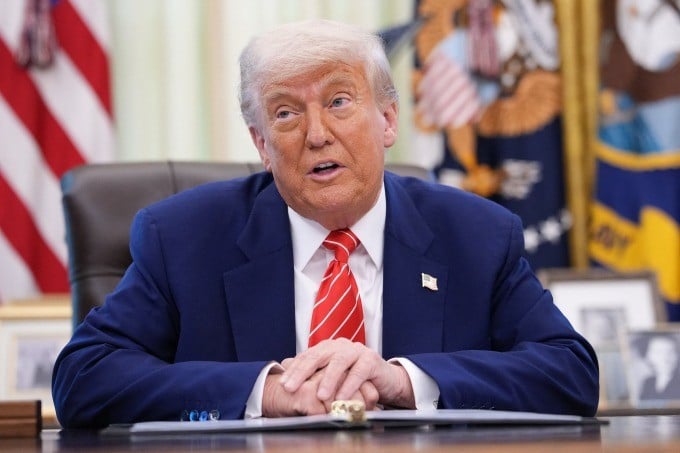
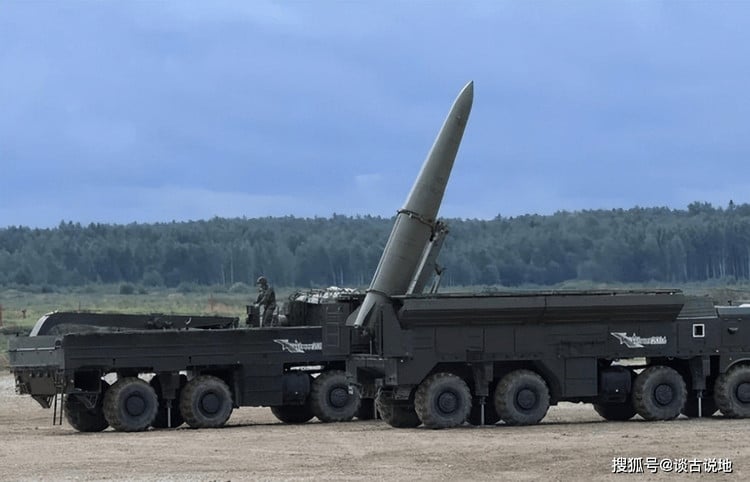
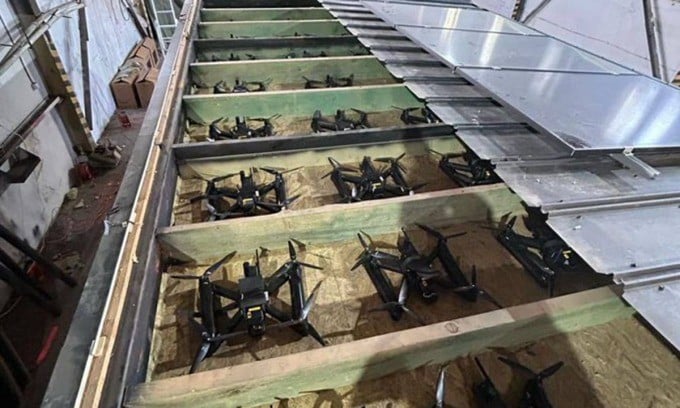
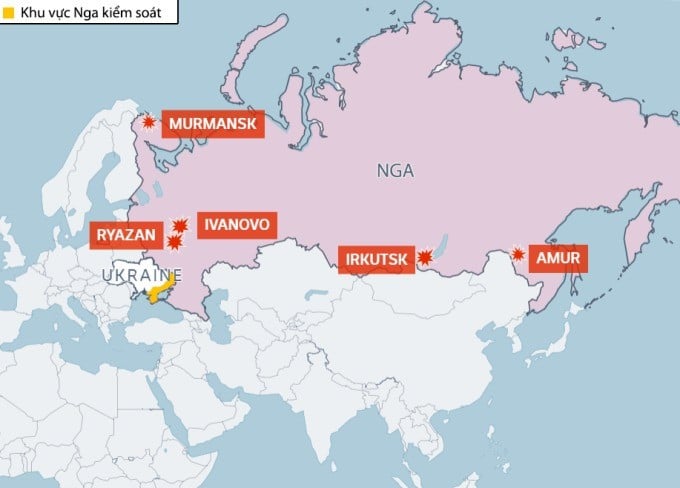
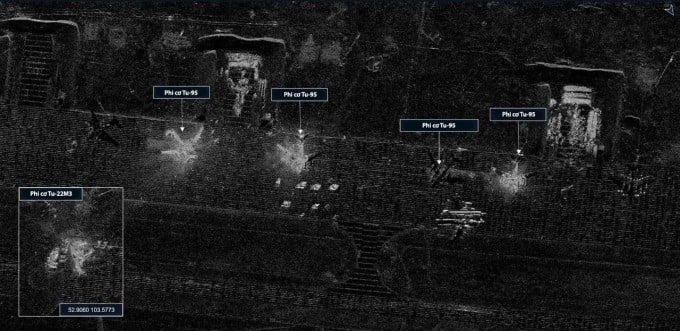
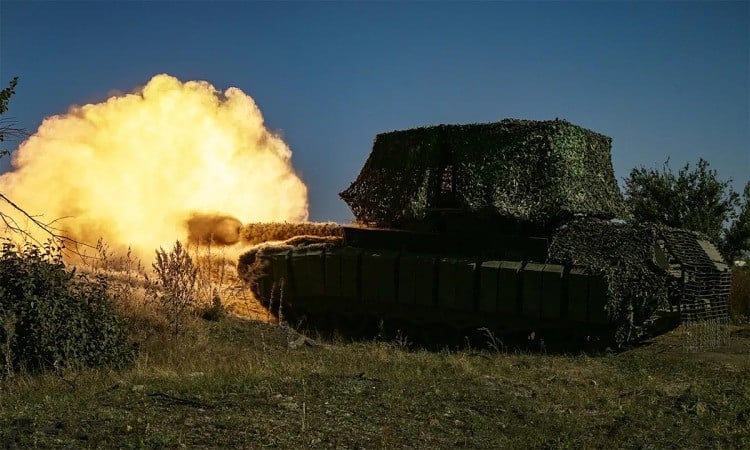
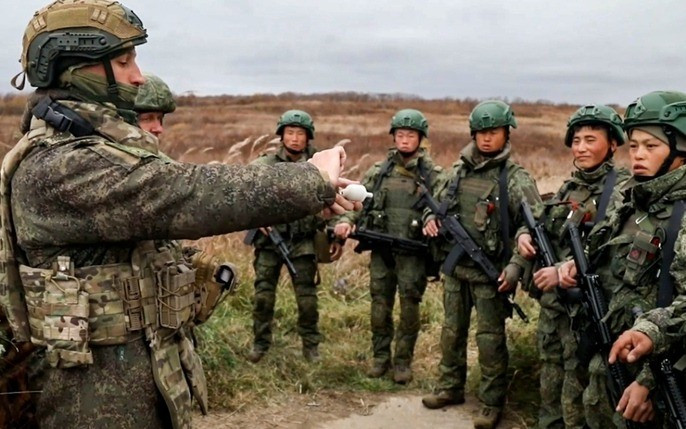

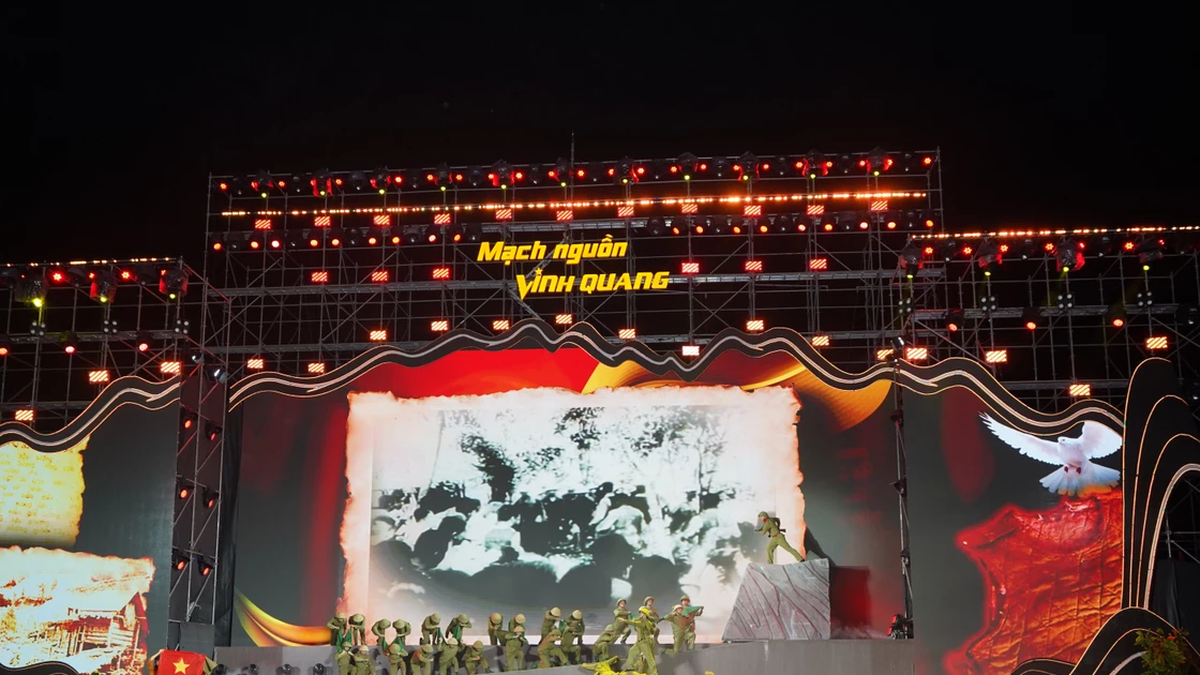
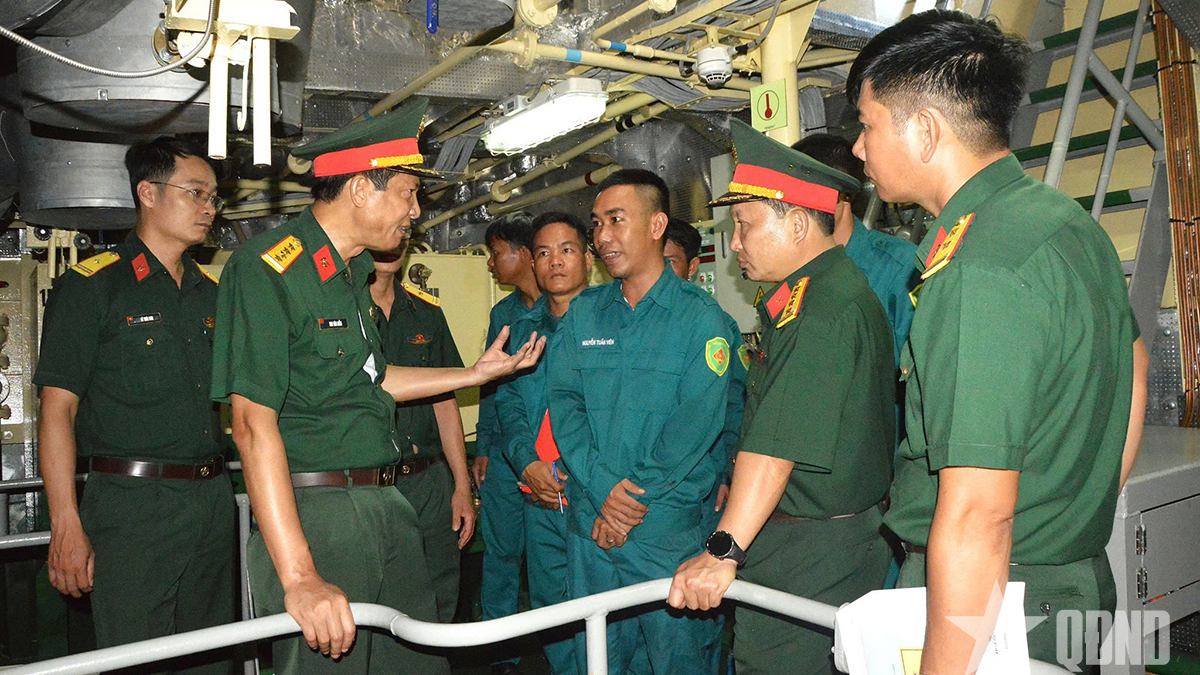
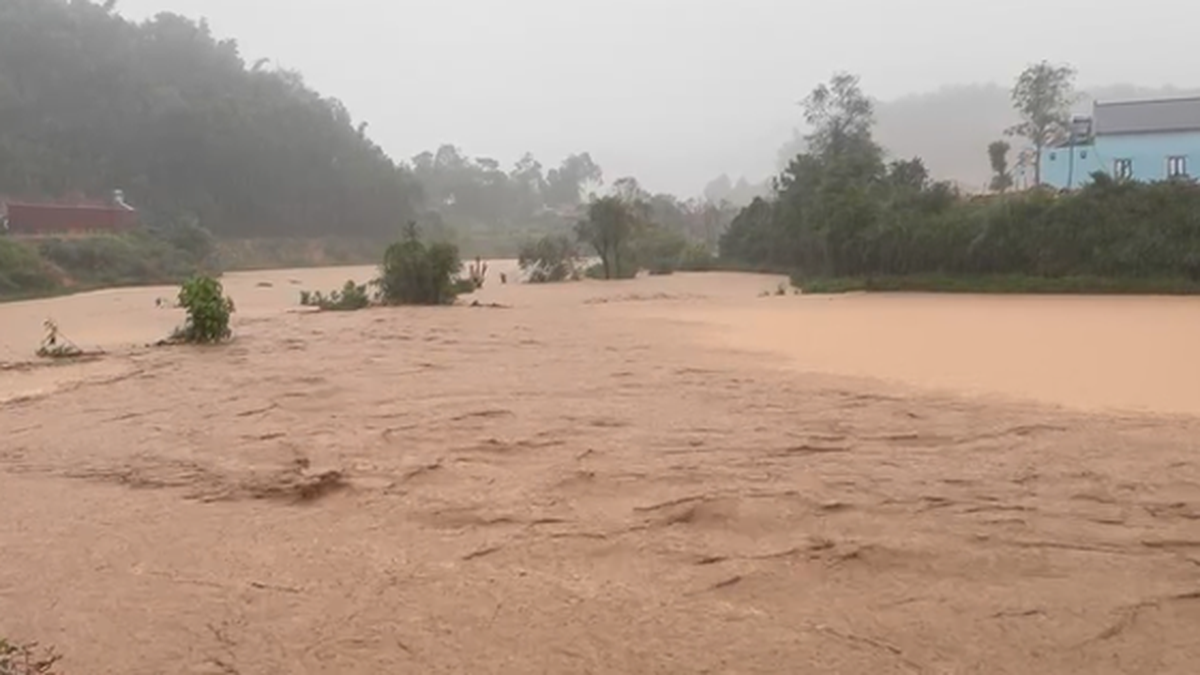

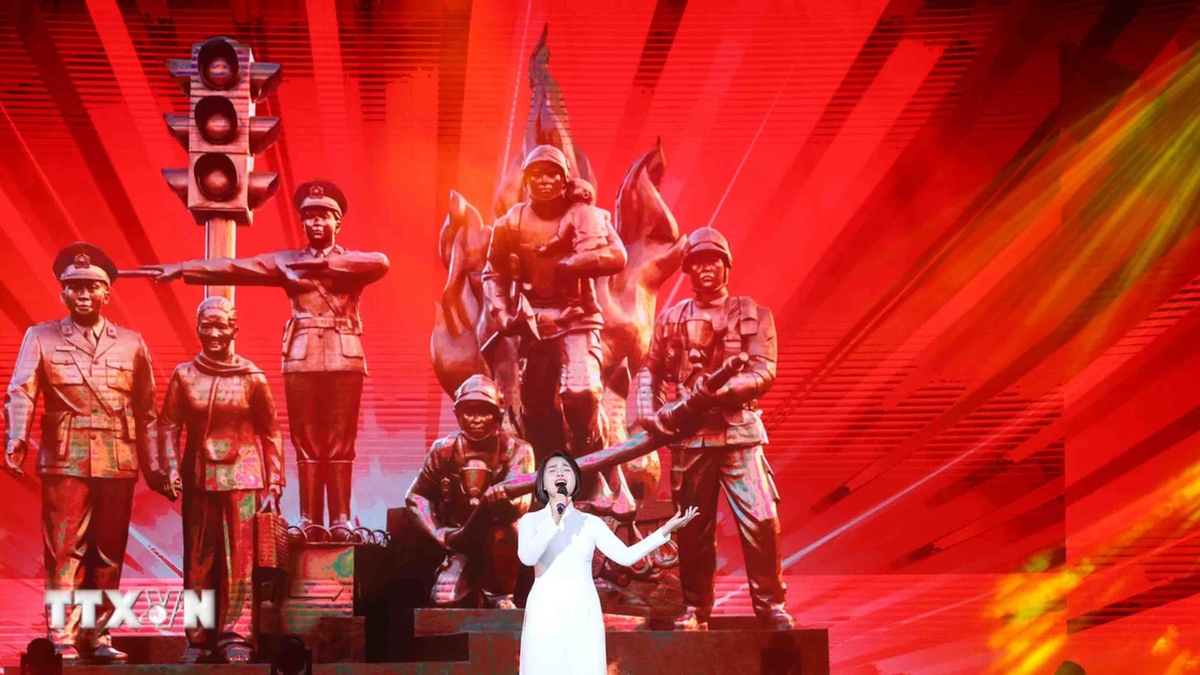

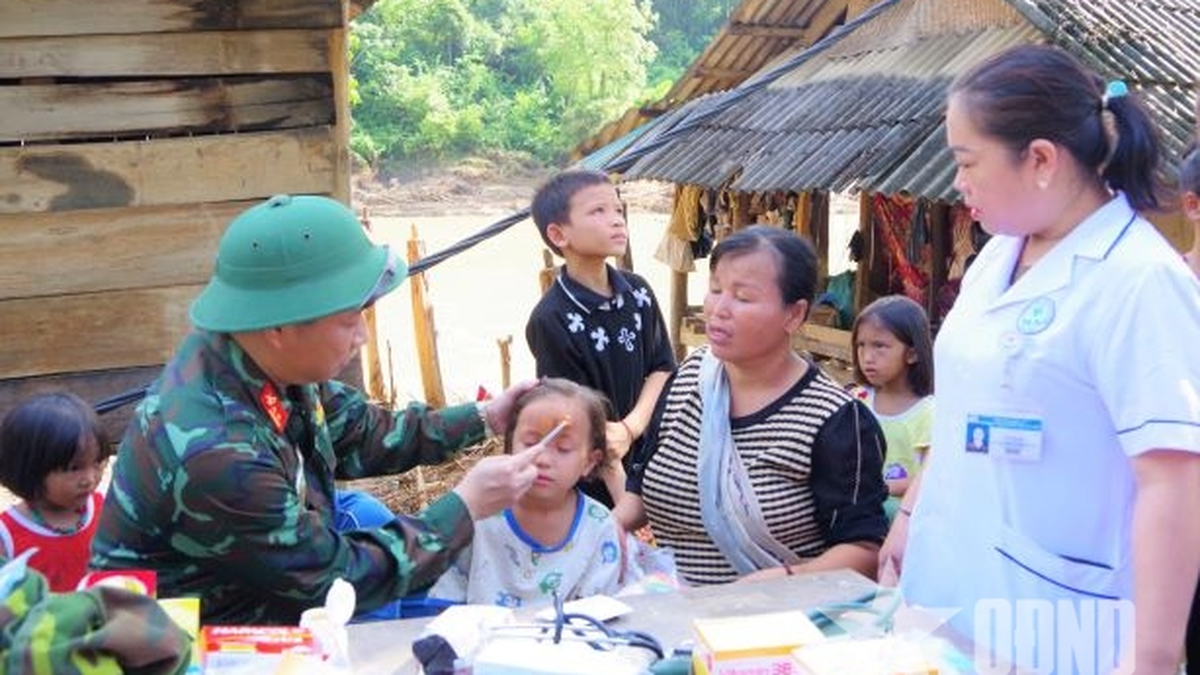
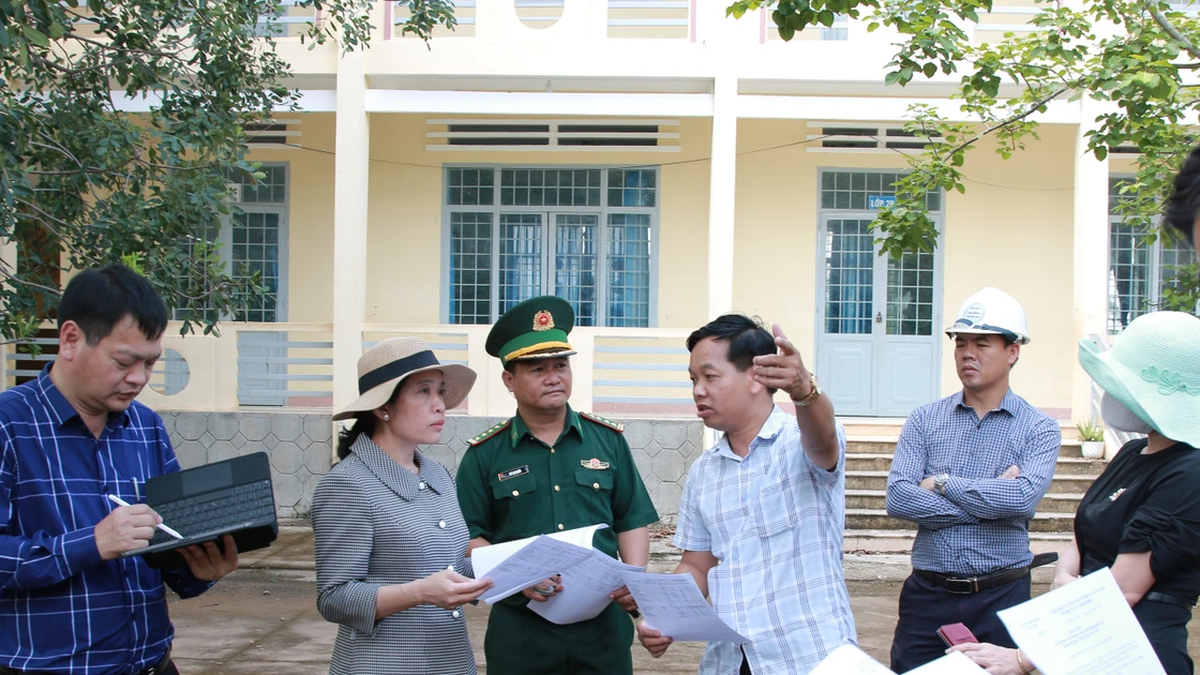
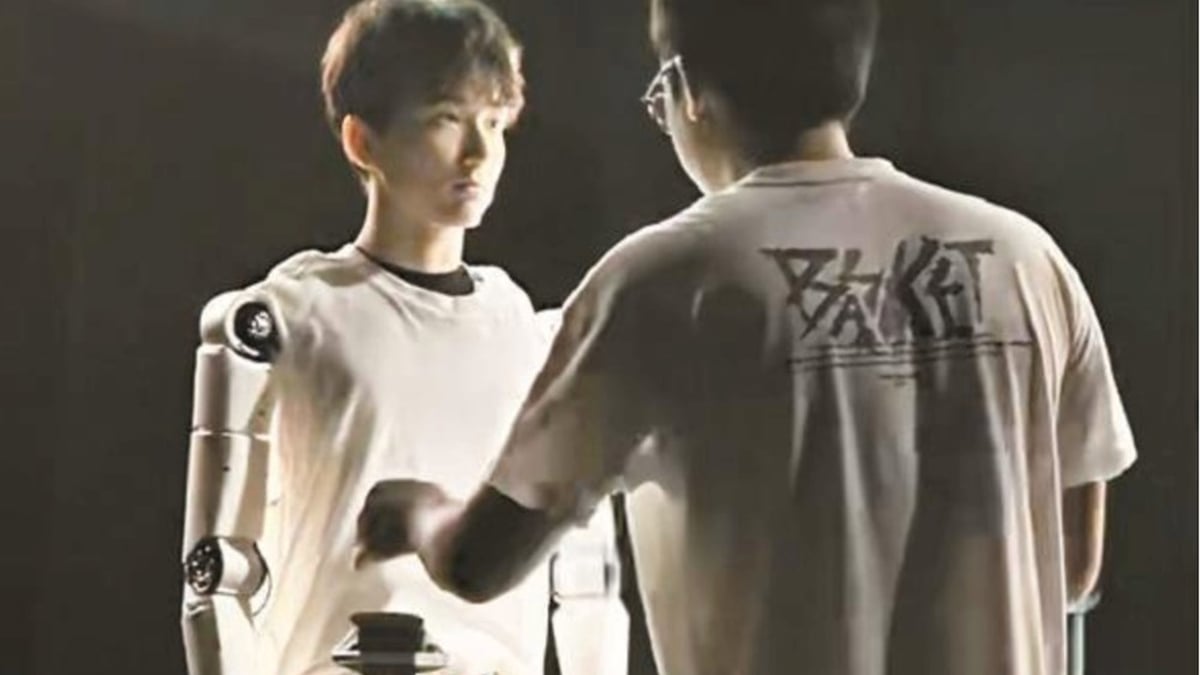























































































Comment (0)